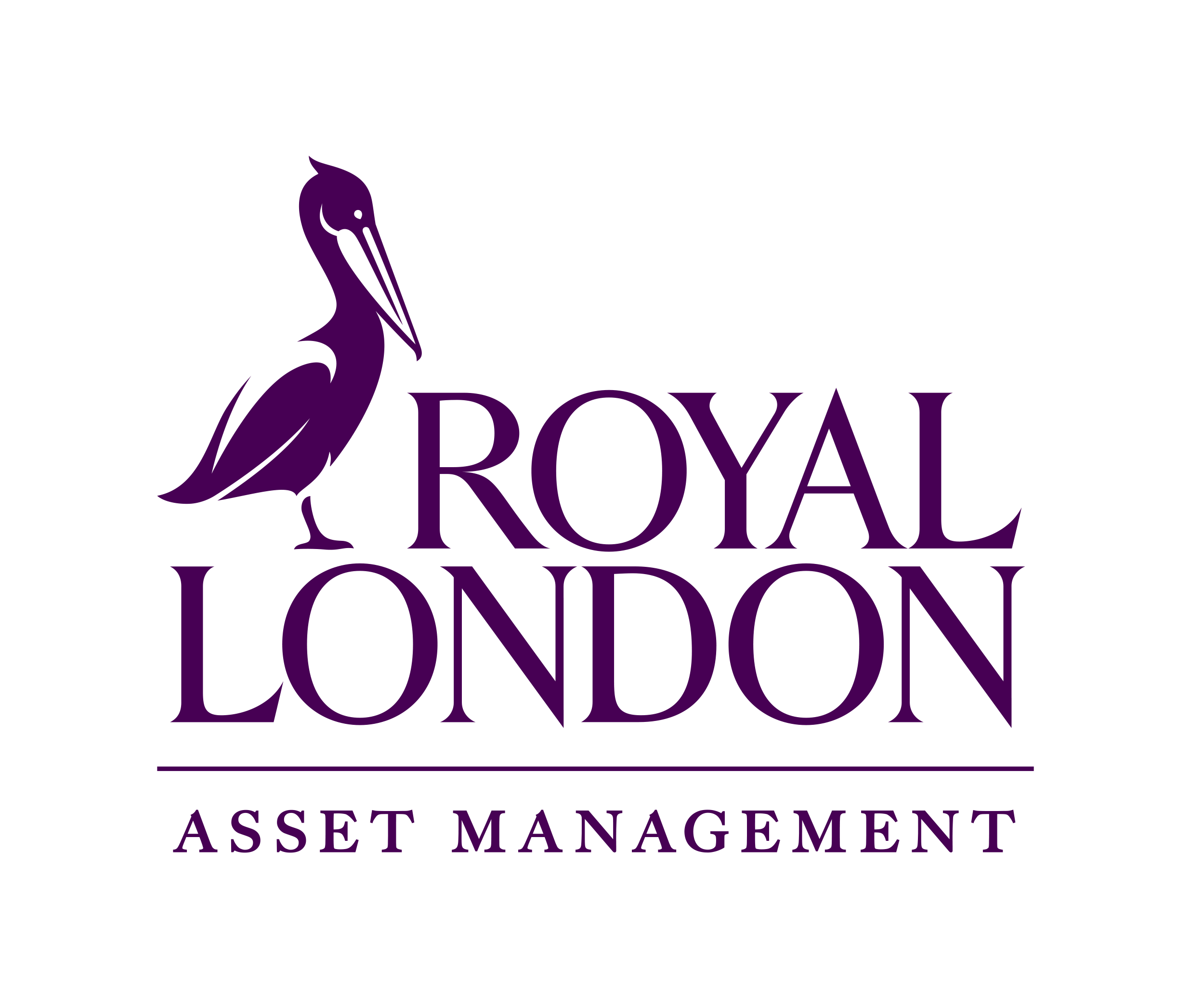The distressing events in Israel over the weekend will unsettle markets, with implications for the oil price, US treasury yields and currencies.
What is likely is that we see renewed tensions in the Middle East and particular focus on the role of Iran. A human tragedy but also one with market and economic impacts.
The corporate world
In the corporate world, Tesco deserves a mention. Its interim results last week showed that some companies are coping well during the cost-of-living crisis. Admittedly volumes were flat to down, but sales were up nearly 9% in the core UK and Irish business. With 27% of the UK grocery market, Tesco has been able to rebuild margins back to long-term levels – despite the economic headwinds. Indeed, the move up in margin to 4.4%, from 4%, was achieved in spite of problems in their central European operations.
The bigger picture is that large companies, globally, have coped with Covid, inflation, sluggish real growth, and higher interest rates much better than expected. There is a twist when looking at global equity indices. The mega companies are propelling indices forward. If we look at the top 100 London listed companies, we see they returned 5% year to date (end September); the next 250 companies have given a small negative return. In the US, the picture is more extreme, with a comparable return of 13% (local currency) on the leading 500 companies. However, stripping out the largest seven gives a broadly flat return. It is the resilience within the mega companies that explains why the rise in real yields we have seen over the last two years has not impacted equities, as measured by indices.
Real rates and equity valuations
Let’s look at the UK in more detail. In late 2021, the real yield on a long-dated index linked gilt was negative 2.5%. At the time this looked wrong. Why invest to receive such a sub-inflation return over the longer term? Of course, there were alternative stories: client benchmarks, the safety of government bonds (implicit in the risk-free rate concept) and the greater fool theory that someone will pay an even higher price. Back in November 2021, the yield of UK equities was about 3.5%, giving a 6% differential with real gilt yields; today, with the equity yield slightly higher than 4%, that differential is nearer 2.5%.
Whilst the UK still offers a higher yield on equities, this is not the situation in the US. Investors now receive 2.5% as a real yield on longer dated US bonds, compared with 1.6% on equities; in November 2021 equities had more than a 2% advantage. Of course, there are distortions caused by buy-backs, but the big picture is that there has been a massive derating of bonds relative to equities.
What is the new normal?
I would generally expect to see real yields on government bonds lower those of domestic equities. In the US, the gap suggests to me that investors are confident of long-term corporate growth prospects. My feel is that the differential will narrow.
To test bond markets further, last week saw a bumper US payrolls print of 336k compared to an expectation of around 170k; to antagonise markets even further, the August release was revised higher. However, the higher payroll data did not translate into a lower unemployment rate, which stayed at 3.8%, and an average hourly earnings number of 0.2% came in below consensus. Combined with the earlier strong Job Openings and Labor Turnover Survey job openings numbers, the result was a jump in US treasury yields over the week. Ten-year rates rose 20 basis points (bps) whilst 30-year yields moved 25bps higher, the latter ending the week at a shade below 5%, a level last seen in 2007.
UK and eurozone government bond markets followed the US lead. Yields on 10-year gilt yields finished at 4.6%, a 15bps increase on the week, whilst 30-year rates hardened by a similar amount, settling above 5%. Germany fared better with 10-year yields closing 5bps higher at 2.9%.
Credit markets gave ground with spreads wider in both investment grade and high yield. Sterling non-gilt indices widened 3bps whilst high yield saw a more marked deterioration, ending the week 50bps higher than the mid-September lows.
Let’s end back on the concept of the ‘risk-free rate’
It is the return earned on a zero-risk investment and the nearest we have to that is a US government security. If we want to think in real terms, the best indicator is the yield on a US inflation linked treasury, but let’s use the UK as a close alternative to show that risk free does not imply low volatility – taking the 2073 index linked gilt as an extreme example. This bond traded towards £400 soon after issuance in November 2021, based on a -2.5% real yield. Today, the real yield is 1.2% and the price is around £60. From an investor’s viewpoint, this bond does not seem particularly ‘risk free’. What is known, is that holders who bought this new issue in November 2021 will receive a real annual return of -2.5% if held to redemption in 2073. That is the risk-free element.
This is a financial promotion and is not investment advice. Past performance is not a guide to future performance. The value of investments and any income from them may go down as well as up and is not guaranteed. Investors may not get back the amount invested. Portfolio characteristics and holdings are subject to change without notice. The views expressed are those of the author at the date of publication unless otherwise indicated, which are subject to change, and is not investment advice.

